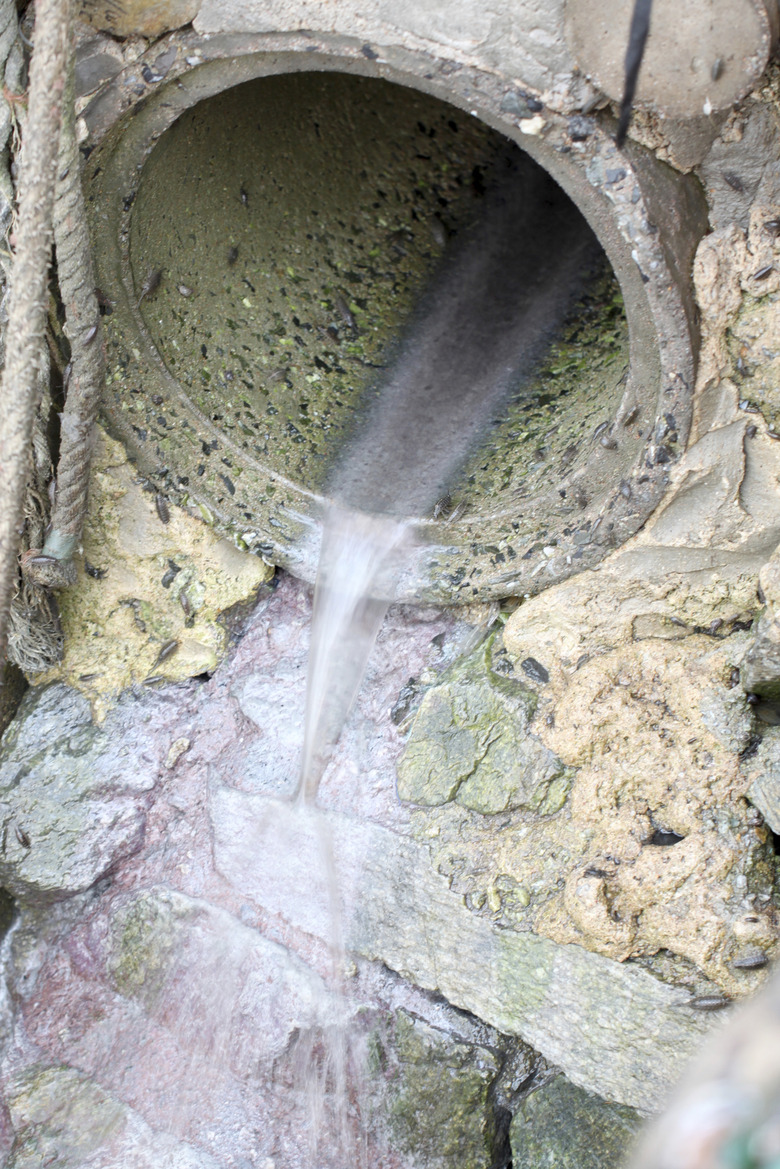Oklahoma's Environmental Problems
Oklahoma occupies 69,898 square miles on the borders of Texas, New Mexico, Arkansas, Missouri, Kansas and Colorado. Its population as of 2013 was about 3.85 million people. Oklahoma's topography transitions from the western high plains to the southeastern wetlands, making it one of the most diverse states geographically. The state faces environmental problems involving air and water quality, chronic drought, and threats posed by fracking.
Water Quality
Water Quality
A 2013 report by the Sierra Club identified six coal-fired power plants in Oklahoma that it accused of discharging harmful coal ash and scrubber wastewater into the state's rivers. The discharged materials may contain toxic substances, including arsenic, selenium and mercury. The six utilities denied the charges. Another water quality problem in the state involves contamination allegedly caused by fracking — a process where rock is fractured with pressurized liquid to help extract fossil fuels. In 2013, residents of LeFlore County initiated a class action lawsuit against 50 companies, claiming that fracking wastewater creates a health threat. The suit was ongoing as of this article's publication date.
Fracking and Earthquakes
Fracking and Earthquakes
Beyond water pollution worries, fracking raises the concern that it might spawn earthquakes. Dr. Austin Holland, a seismologist from the Oklahoma Geological Survey, has noted a dramatic increase in the size and frequency of earthquakes in regions where fracking occurs. He notes that it would be a highly unlikely coincidence for the increased seismic activity to be unrelated to fracking and is conducting tests to investigate the link in greater detail. Oklahoma had over 238 earthquakes in 2013, compared to just 20 in 2009.
Perennial Droughts
Perennial Droughts
Rising temperatures and increased crop production create an ever-increasing demand for water in Oklahoma, a state with a history of prolonged drought. Dr. Yang Hong of the University of Oklahoma forecasts that future droughts will be more frequent and last longer. The southeastern part of Oklahoma has enough water, but there is a lack of infrastructure to get the surplus water to parched Western Oklahoma. Cities large and small face the costs of repairing crumbling pipes, pumps and water treatment equipment. In 2012, the state passed the Water for 2060 Act with the aim of consuming no more fresh water in that year than it used in 2012.
Air Pollution
Air Pollution
According to the American Lung Society, Oklahoma City and Tulsa are among the 25 American cities with the highest levels of ozone pollution. Oklahoma's Ponca City has received notoriety because its air contains high levels of carbon black, a fine black powder produced by the nearby Continental Carbon Co. plant. The Centers for Disease Control and Prevention advise that prolonged exposure to carbon black can damage your heart and lungs. After years of lawsuits, the company bought out and removed the town's residential properties.
Cite This Article
MLA
Finance, Eric Bank, MBA, MS. "Oklahoma's Environmental Problems" sciencing.com, https://www.sciencing.com/oklahoma-environmental-problems-6087578/. 24 April 2017.
APA
Finance, Eric Bank, MBA, MS. (2017, April 24). Oklahoma's Environmental Problems. sciencing.com. Retrieved from https://www.sciencing.com/oklahoma-environmental-problems-6087578/
Chicago
Finance, Eric Bank, MBA, MS. Oklahoma's Environmental Problems last modified August 30, 2022. https://www.sciencing.com/oklahoma-environmental-problems-6087578/
